NOTE: If the vehicle pulls to the side or noise is heard when braking, check the condition of the brake pads.
1. Place the car on a lift or jack (coasters).
2. Remove the front wheel.
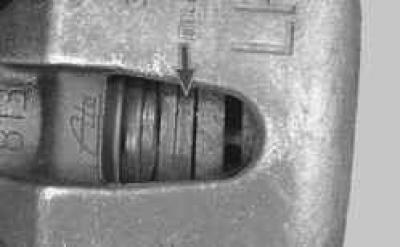
3. Check the condition of the pads through the hole in the brake caliper housing. If the thickness of the friction linings is less than the permissible (tab. 4.5), replace the brake pads (cm. «Replacing the brake pads of the brake mechanism of the front wheel»).
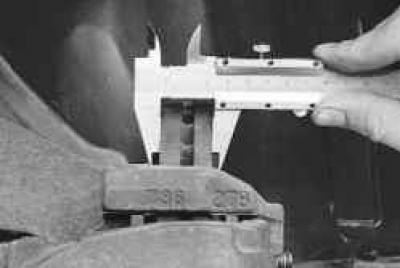
4. Measure the brake disc thickness. If its thickness is less than the allowable (see table. 4.5), replace the brake disc (cm. «Brake disc replacement»).
Table 4.5 Dimensions of brake pads, discs and drums, mm
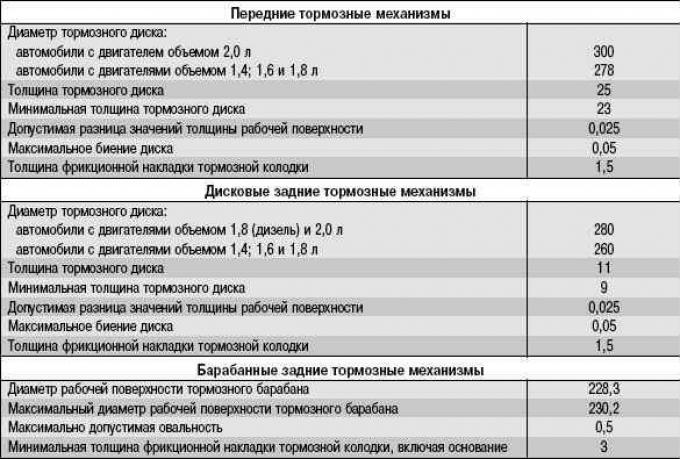
NOTE: On vehicles with rear disc brakes, similarly check for wear on the brake pads and rear brake disc.
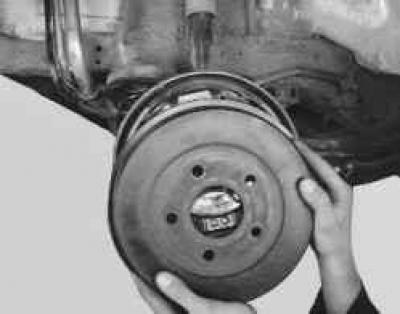
5. To check the degree of wear of the brake pads of the rear brake mechanism, remove the rear wheel and brake drum (cm. «Removal and installation of a brake drum»).
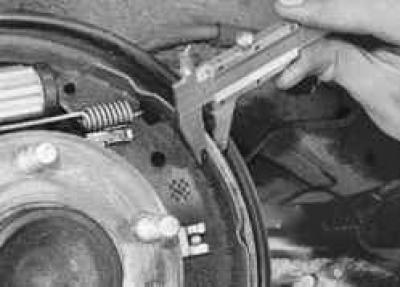
6. Measure the thickness of the friction lining together with the base. If the thickness is less than the allowable (see table. 4.5), replace pads (cm. «Replacing the brake pads of the brake mechanism of the rear wheel»).
NOTE: Replace pads in the following cases:
- thickness of friction linings less than 1 mm;
- the surface of the pads is oiled;
- pads are loosely connected to the base.
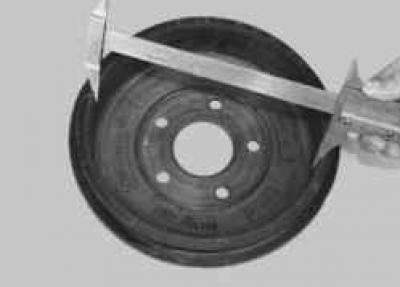
7. Measure the diameter of the working surface of the brake drum. If it is more than allowed (see table. 4.5), replace the drum (cm. «Removal and installation of a brake drum»).
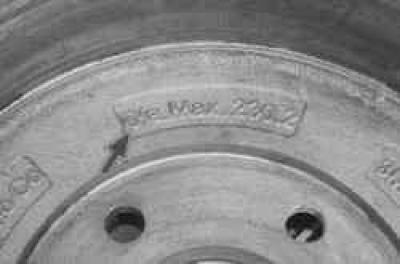
NOTE: The maximum allowable working diameter of the brake drum is stamped on the inner side of the drum.
Visitor comments